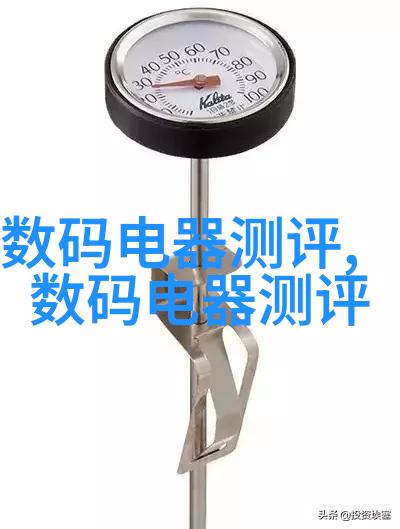
pe管件规格型号大全
引言

在现代工程建设中,PE(聚乙烯)管件因其优良的耐腐蚀性、耐化学性、耐高温性能和较好的机械强度等特点,在水处理系统、化工厂区、燃气输送系统以及城市排水工程等领域得到了广泛应用。了解PE管件的规格型号对于正确选择合适的产品至关重要。
PE管件规格型号概述

PE管件规格型号是指根据国际标准或国家标准制定的尺寸参数,包括内径、外径、壁厚以及连接方式等。这些参数决定了PE管件的使用范围和适用条件。常见的PE管件有无缝长 管、大直径薄壁管、小直径厚壁管等。
PE.pipeDN系列介绍

DN系列是根据流体流量大小来划分的一种分类方法,其中“D”代表直径,“N”代表百分比。在实际应用中,通常会根据设计要求选择相应的DN值,以保证流体能够顺畅通过。如果设计需要更大的压力承载能力,可以考虑采用小口径但壁厚较大的PEpipe DN100或以下类型。
PE.pipeOD系列解析

除了基于流量大小分类之外,还有一种按外径来分类,即OD系列,这里的“O”代表outer diameter,即外径。这一类别主要用于那些对内部清洁不太严苛或者非饮用水系统中的安装,如排水道系数。例如,一个50mm OD pipe可以作为10mm间隔钢丝网之间的地面排水道而非直接用于传递饮用水。
PE.pipeWallThickness详解

除了内/外徑以外,wall thickness也是一项关键信息,它决定了Pipe’s structural integrity and pressure rating。当我们在选购时应该注意到不同制造商可能会使用不同的材料,但相同尺寸下同样的Wall Thickness则意味着相同级别安全性能。此外,由于工作环境差异,对抗腐蚀性的需求也有所不同,因此墙厚也可能会有所调整以满足特定场景下的需求。
Connection Types:Flanged, Butt Welding, Saddle Welding, etc.
连接方式也是影响pe pipe selection的一个重要因素之一。一种典型的情况是在工业设备与其他材料(如金属)接口处使用flange connections;在两段同材质的pe pipe之间,则通常采用butt welding connection;而当需要将pe pipe与另一种材质接头时,如为steel 或 concrete,那么saddle welding connection 是一种可行解决方案。但具体情况还需结合项目具体要求进行分析和评估。
Pressure Ratings & Temperature Ranges: Understanding the Performance of Your Pipe Selections
Pressure ratings and temperature ranges are critical considerations when selecting a pe pipe for your project or application.The performance of a pe pipe is determined by its material properties and design specifications.Several factors influence the choice of pressure rating, including fluid velocity, flow rate, operating conditions (temperature), system layout and other factors.
Material Grades & Properties: The Impact on Pipe Selections
Material grades are another important factor to consider when choosing a pe pipe.Most common materials used in manufacturing pe pipes include HDPE (High-Density Polyethylene) and MDPE (Medium-Density Polyethylene).HDPE has higher impact resistance than MDPE but also costs more.HDPEC's molecular structure provides better mechanical strength at high temperatures which makes it suitable for applications involving high-pressure operations.
Manufacturing Process: Extrusion vs Injection Molding
Manufacturing processes can significantly affect the quality of final products.Extrusion process involves melting plastic pellets then forcing them through a die to create desired shapes while injection molding involves injecting molten plastic into molds to form complex shapes.The extruded pipes have less residual stress compared with injection-molded ones because they are not subjected to rapid cooling after forming.
10.Conclusion
In conclusion,a comprehensive understanding of different aspects such as material properties,sizes,dimensions,application requirements,and so forth is crucial before making an informed decision regarding the type or model number of any given polyethylene piping product.Failing to do so may result in costly mistakes down the line.A careful analysis should be conducted based on specific needs rather than relying solely on manufacturer's recommendations alone.Naturally,it is advisable that you consult with experienced professionals in this field if possible prior to initiating any new projects involving these materials or their derivatives for best results within budget constraints



